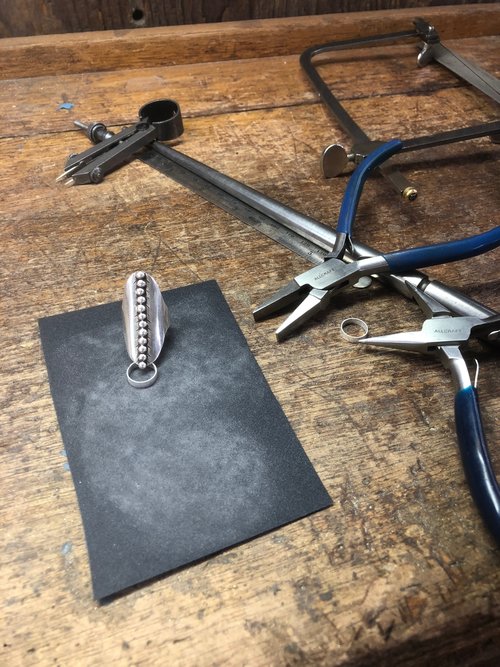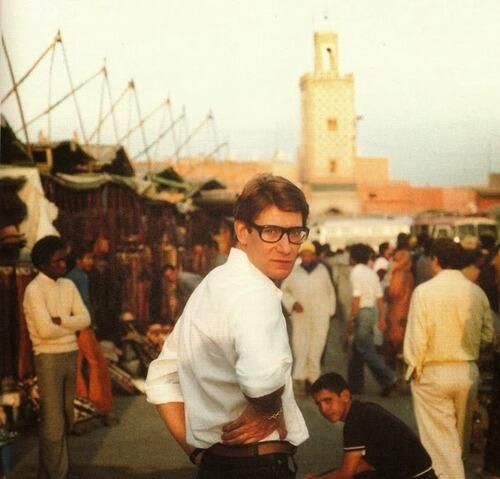
Berber Jewelry Making Techniques
North Africa has always been a source of inspiration for ethnic statement jewelry. Also known as the Amazigh people, Berbers are the original inhabitants of this region. They are the first ethnical group who lived in the area. Despite facing several civilizations, the Romans, Arab and French; the Amazigh people managed to preserve their heritage.
One of their heritage is jewelry making techniques. Berber jewelry is mainly made with silver using ancestral techniques (that existed for more than 2000 years).
Berber jewelry making techniques include hammering, casting, chiseling, and engraving. Each of these techniques is worked by hand.
Jews-Berbers impacted Moroccan jewelry through their well-known work in Filigree (an ornamental work using fine wire of silver) and Niello (black mixture used to fill the engraved designs on a piece of silver jewelry). They passed on their knowledge from generation to generation to preserve and keep this legacy alive.

Hammering
Hammering is an ancient technique used to shape the metal, to create a flattened effect, a texture to the metal.
Piece Name: Al’Rulih Earrings
Location: Tiznit, South of Morocco.
Production time: 6 hours.

Casting
Another Berber jewelry making technique is casting. It’s a method in which melted silver is poured into a mold and allowed to harden. Casting is usually combined with the niello technique when creating Moroccan pieces.
Piece Name: Al’Qamariat Ring
Location: Tiznit, South of Morocco
Production time: 4 hours

Chiseling
Chiseling is a Berber jewelry-making technique that consists of cutting the piece of silver jewelry to create different shapes. This technique is often combined with the filigree technique by Moroccan artisans.
Piece Name: Al’Kayat Malaki Bracelet
Location: Tiznit, South of Morocco
Production time: 18 hours

Engraving
The most famous Berber jewelry making technique is engraving. It consists of drawing in a piece of metal. Berber artisans often combine the engraving with the Niello technique to create dimension to the piece.
Piece Name: Al’Nasir Bracelet
Location: Tiznit, South of Morocco
Production time: 11 hours


